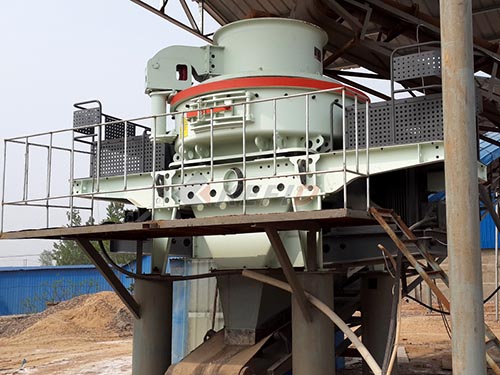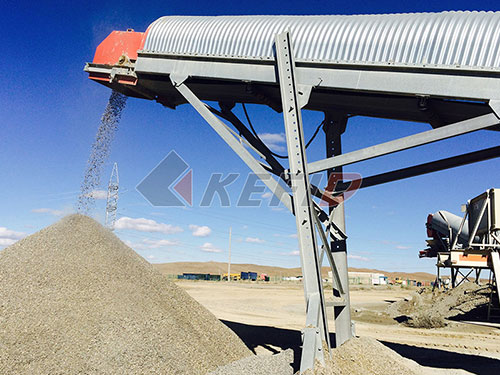Crusher Parts: The Unsung Heroes Powering Your Aggregate Operations
In the demanding world of mining, quarrying, and aggregate production, crushers stand as the primary workhorses. These robust machines tirelessly break down massive rocks into usable sizes – gravel for construction projects or ore for mineral processing. Yet, behind every efficient crushing operation lies a critical element often overlooked until failure strikes: crusher parts. These components are far more than mere replacements; they are fundamental investments dictating productivity, profitability, and overall operational success.
The Relentless Battle Against Wear

Crushers operate in some of the harshest environments imaginable. Massive forces crush incredibly hard materials like granite or basalt against equally tough surfaces. Abrasion from rock-on-rock and rock-on-metal contact is constant and severe. This relentless assault leads to inevitable wear on key components:
1. Wear Liners: Found in jaw crushers (jaw plates), cone crushers (mantles and concaves), impact crushers (blow bars and impact plates), gyratory crushers (concaves and mantles), these are the frontline warriors directly impacting the material.
2. Impact Elements: Blow bars in horizontal shaft impactors (HSIs) absorb tremendous kinetic energy during crushing.
3. Other Critical Components: Hammers in hammer mills/impactors; breaker plates; aprons; feed plates; distributor caps; eccentric bushes; shafts; bearings – all endure significant stress.
Why Choosing the Right Crusher Parts Matters
Selecting high-quality replacement parts isn’t just about fixing a broken machine; it’s a strategic decision impacting your entire bottom line:
1. Maximizing Uptime & Reducing Downtime: Premature part failure forces unscheduled shutdowns – incredibly costly in lost production time.
2. Optimizing Crushing Efficiency & Product Quality: Worn liners lead to poor particle shape distribution (flaky product), increased fines generation where not desired (“over-crushing”), reduced throughput capacity due to inefficient crushing action.
3. Controlling Operating Costs: While premium parts may have a higher initial cost:
Their significantly longer lifespan means fewer replacements per ton crushed.

Reduced downtime lowers labor costs associated with change-outs.
Consistent product quality minimizes waste and reprocessing needs.
Efficient crushing reduces energy consumption per ton produced.
4. Protecting Major Components: Quality wear parts act as sacrificial elements designed to protect more

Leave a Reply